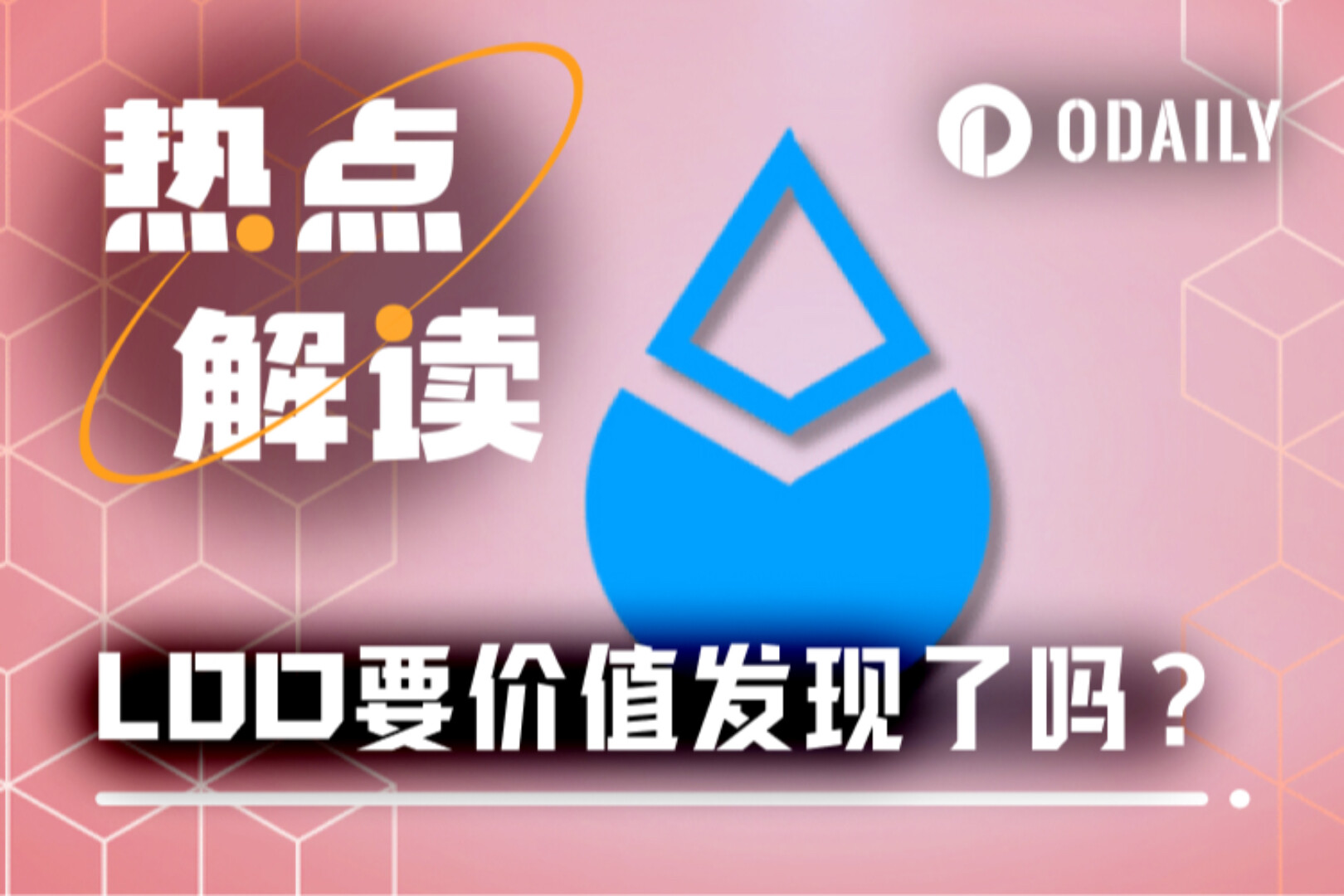Original title: Circle's Arc: A Libra + Monero + Consortium Chain
Circle, the "first stablecoin stock," announced its latest development in its Q2 2025 financial report: a public chain called Arc, a Layer 1 platform dedicated to stablecoins. This clearly competes with competitors like Tether's Plasma and Stable. Arc will launch a public testnet this fall. Let's take a look at the technical features of Circle's latest initiative.
First, Arc is an EVM-compatible Layer-1 blockchain designed specifically for stablecoin finance and asset tokenization. It provides a foundational settlement layer for programmable money on the internet, particularly suitable for scenarios such as global payments, foreign exchange (FX), and capital markets. Its goal is to address the obstacles existing public chains face in enterprise and institutional applications, such as fluctuating transaction fees, settlement uncertainty, and lack of privacy. While Arc is strongly associated with payments, it's also worth noting that it doesn't appear to be targeted at consumers.
Arc's main technical features
Using USDC as native gas and stable fee mechanism
Arc uses USDC as the native asset for paying transaction fees (Gas) and adopts a fee market mechanism inspired by Ethereum EIP-1559, but updates the base fee using an exponentially weighted moving average of block utilization to smooth short-term fluctuations and ensure transaction costs remain consistently low.
In addition to USDC, Arc also plans to provide gas fee payment support for other stablecoins and tokenized fiat currencies through a dedicated "Paymaster" (a payment channel) integration.
Extremely high performance
Arc uses the high-performance consensus engine "Malachite" based on the Tendermint BFT protocol. This enables it to achieve deterministic settlement finality, with transactions confirmed and irreversible in less than a second.
Of course, there are validators. The network is secured by a limited, permissioned, geographically distributed set of reputable institutions. These validators are publicly identified and held to high standards of accountability and operational assurance. This is very reminiscent of the Libra project.
In a test setup with 20 geographically distributed validators, Arc was able to process approximately 3,000 transactions per second (TPS) with finality times under 350 milliseconds. With four validators, throughput exceeded 10,000 TPS with finality times under 100 milliseconds.
Optional privacy protection features
Arc's privacy roadmap begins with the "Confidential Transfer" feature, which encrypts transaction amounts so they are not publicly visible, but the addresses of both parties remain visible. This is a very business-to-business feature that protects commercially sensitive information.
Another point, purely for regulatory purposes, is that Arc's privacy model allows for selective disclosure through mechanisms like "view keys," similar to Monero, where many transactions remain private, but third parties (such as auditors or regulators) can be granted access to specific transaction data. Institutions always have full visibility into their customers' transactions, meeting regulatory requirements like transaction monitoring and the Travel Rule.
The privacy function is implemented through a modular backend. Initially, Trusted Execution Environment (TEE) technology is used to process encrypted data. In the future, it is planned to integrate more advanced technologies such as multi-party computing (MPC), fully homomorphic encryption (FHE) and zero-knowledge proof.
MEV Mitigation Roadmap
Arc believes that not all MEVs are harmful. It categorizes MEVs into two types: “constructive” (such as arbitrage that helps stablecoin price discovery) and “harmful” (such as sandwich attacks).
To mitigate the MEV problem, Arc’s roadmap includes implementing technologies such as encrypted memory pools, batched transaction processing, and multiple proposers to curb predatory trading behavior while retaining beneficial arbitrage activities.
- 核心观点:Circle推出稳定币专用公链Arc。
- 关键要素:
- USDC作为原生Gas,费用稳定。
- 高性能共识引擎,TPS超3000。
- 可选隐私功能,支持监管合规。
- 市场影响:提升稳定币支付效率与合规性。
- 时效性标注:中期影响。



